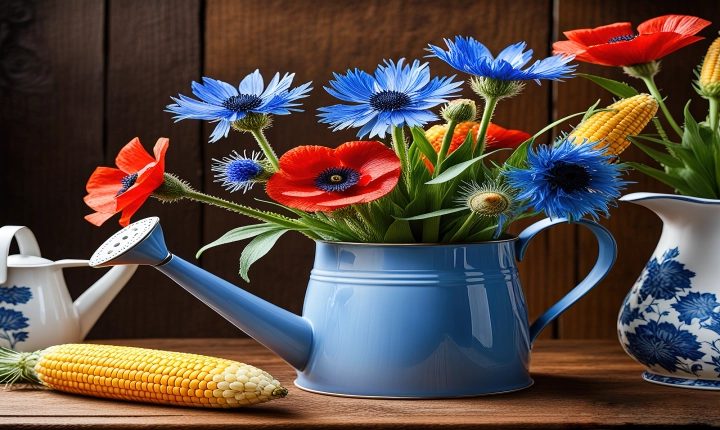Title: How to Fix Hands in AI Art: Tips and Techniques
Creating art through artificial intelligence (AI) has become increasingly popular in the digital age. However, one common challenge that artists face when using AI to generate images is the depiction of hands. Hands are notoriously difficult to render realistically in AI-generated art, often resulting in unnatural or distorted representations. In this article, we will explore some tips and techniques to help artists fix hands in AI art and achieve more realistic and aesthetically pleasing results.
1. Study Real Hands:
The first step in improving the depiction of hands in AI art is to study real hands. Observing the structure, proportions, and details of human hands will provide valuable insights into how they should be represented in art. Take the time to sketch and study different hand poses, paying close attention to the shape of the fingers, the arrangement of the joints, and the nuances of light and shadow.
2. Use Reference Images:
When working on AI-generated art, it can be helpful to use reference images of real hands as a guide. By incorporating reference images into the AI training process, artists can provide the algorithm with more accurate and detailed information about hand anatomy and movement. This can result in AI-generated hands that better reflect the natural variations and subtleties found in real-life hands.
3. Adjust Training Parameters:
In some AI art tools, artists have the ability to adjust training parameters to influence the output of the AI-generated images. By experimenting with parameters related to hand shape, position, and articulation, artists can fine-tune the AI model to produce more accurate and visually appealing renditions of hands. This iterative process of adjusting training parameters and observing the results can help artists refine the hand depiction in their AI-generated art.
4. Implement Post-Processing Techniques:
After generating an AI art piece, artists can utilize post-processing techniques to enhance the depiction of hands. This may include manually editing the hand shapes, refining the details, and adjusting the lighting and shadows to create a more natural and polished look. By applying digital painting and editing techniques, artists can resolve any inconsistencies or inaccuracies in the AI-generated hands, resulting in a more refined and lifelike portrayal.
5. Collaborate with AI:
Rather than relying solely on AI to create the entire artwork, artists can consider using AI as a tool in collaboration with their own artistic skills. By integrating AI-generated elements with their own hand-drawn or digitally painted components, artists can combine the strengths of AI technology with their creative intuition, resulting in a more balanced and expressive representation of hands in their art.
In conclusion, fixing hands in AI art requires a combination of study, experimentation, and artistic intuition. By incorporating real-world observation, reference images, parameter adjustments, post-processing techniques, and collaborative approaches, artists can overcome the challenges associated with rendering hands in AI-generated art. With dedication and creativity, artists can harness the power of AI to create compelling and lifelike depictions of hands in their artworks.
